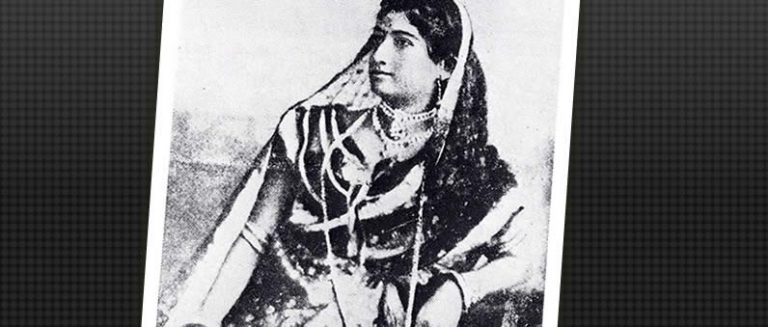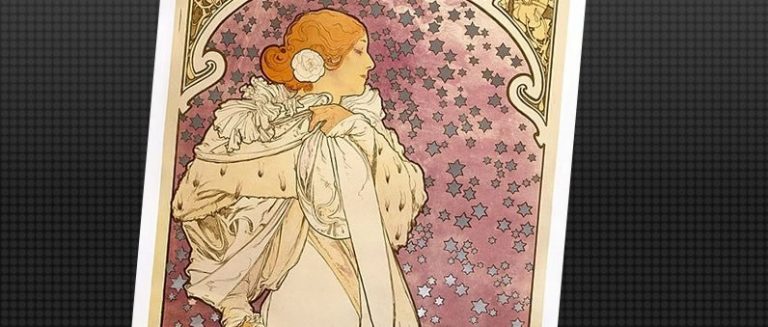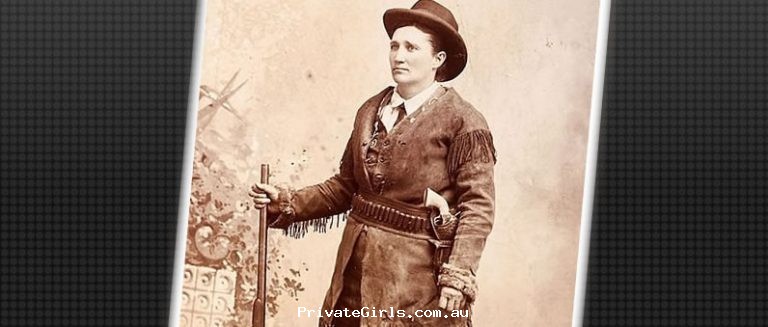There is not much useful information about “tawaifs” on the internet. There is mention of a famous 1985 Bollywood film called Tawaif and some credible documentation, but overall, relevant sources are hard to come by. Tawaifs were highly sophisticated courtesans who catered to the nobility of India and often having royal patronage.(1) Celebrated and honoured in Indian culture, the tawaif tradition had its origins in the 16th Century and reached their zenith at the end of the 18th century and beginning of the 19th century.(2)
Like their European counterparts, tawaifs excelled in arts, poetry, music and dancing. They had financial independence, (in fact some tawaifs amassed great wealth) and social prestige as well as political power. They contributed significantly to traditional Indian dance and music forms.(4) They were considered an authority on etiquette – they did not participle in menial work at all; unlike most Indian women of the era, they were female entertainers and as such lived a lifestyle in keeping with their status.(5)
Although studies and books have been written on the tawaifs, it appears that, as a cultural phenomenon, they have been largely forgotten. The tawaifs’ legacy was further diluted by the common cultural misperception that a prostitute in one of India’s many red-light districts is now known as a “tawaif”.(3)
It was not until British colonial rule in the 19th century that tawaifs were stripped of their prominence in Indian society, forcing them to the fringes of the culture. The word tawaif lost its roots. The traditional tawaif was highly prized in Indian culture ‘when prostitution was a symbol of high culture in elite circles in India.’(6) With the coming of British colonial rule and the end of the Mughal era, the word tawaif which means ‘group’ in Arabic became synonymous with the word prostitute, and the elite tradition of the old school tawaif died out.(7)
References:Ranjana, Dave, A Search for Tawaifs in Old Delhi Reveals a Present That Is Not Always Comfortable With the Past, https://scroll.in/magazine/849681/a-search-for-tawaifs-in-old-delhi-reveals-a-present-thats-not-always-comfortable-with-the-past (accessed 7th September, 2018). (1),(4)Wikipedia contributors, “Tawaif,” Wikipedia, The Free Encyclopedia, https://en.wikipedia.org/w/index.php?title=Tawaif&oldid=854204560(accessed September 6, 2018). (2),(3),(5),(7) Courtney David, The Tawaif, The Anti-Nauch Movement and the Development of North Indian Classical Music – Part 2: The Tawaifs, https://chandrakantha.com/articles/tawaif/2_tawaifs.html (accessed 6th September, 2018). Vijay Prakash Singh (2014) From Tawaif to Nautch Girl: the Transition of the Lucknow Courtesan, South Asian Review, 35:2, 177-194, https://www.tandfonline.com/action/showCitFormats?doi=10.1080%2F02759527.2014.11932977 (accessed 6th September, 2018). (6) Mamud, Aslam, When Prostitution was a Symbol of High Culture in Elite Circles in 19th Century India, https://qz.com/india/1000432/when-prostitution-was-a-symbol-of-high-culture-in-the-elite-circles-of-19th-century-india/ (accessed 6th September, 2018)






